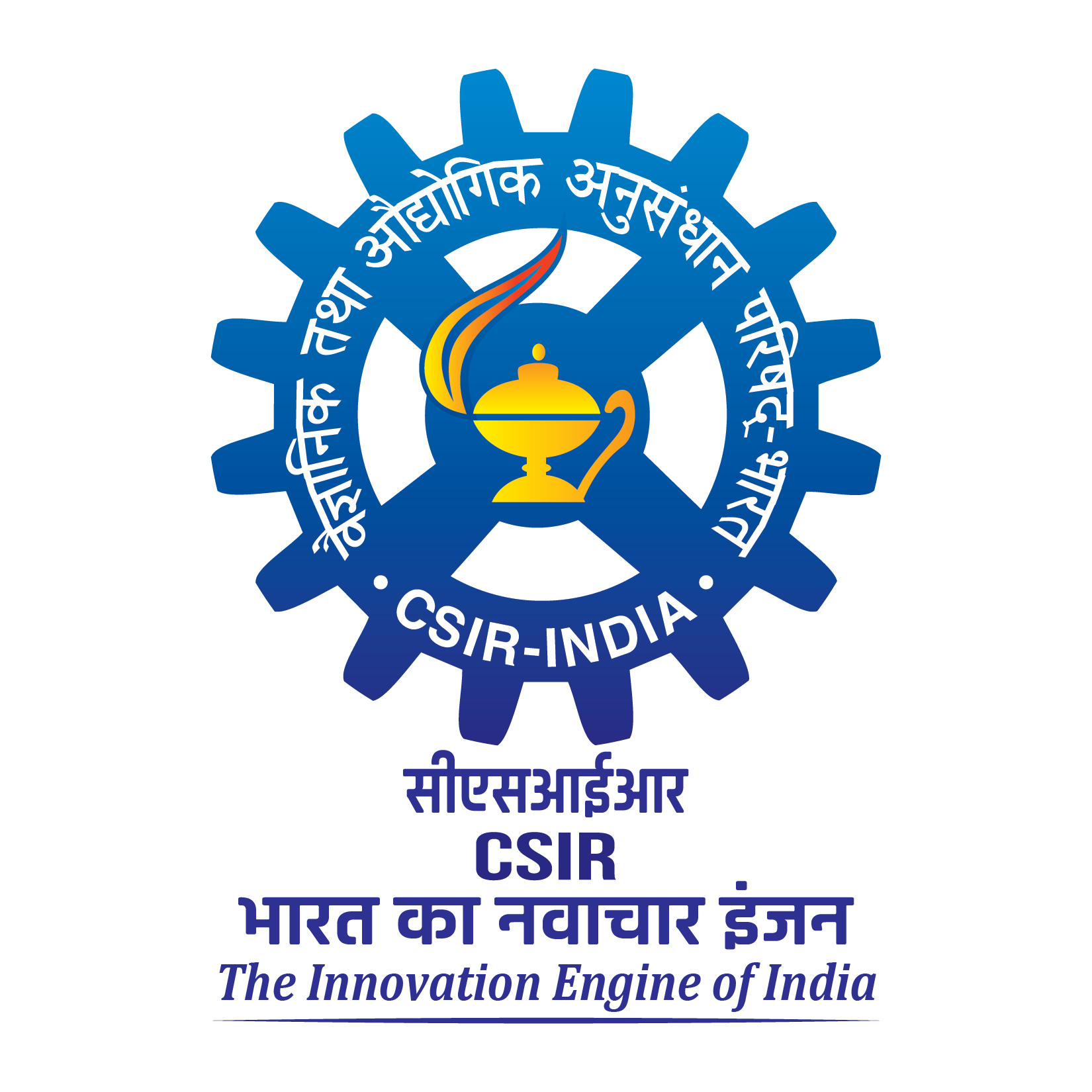by Jagat Dwipendra Ray, M Sithartha Muthu Vijayan and Ashok Kumar
Accurate geodetic crustal deformation estimates with realistic uncertainties are essential to constrain geophysical models. A selection of appropriate noise model in geodetic data processing based on the characteristics of the geodetic time series being studied is the key to achieving realistic uncertainties. In this study, we report noise characteristics of a 12-yr long global positioning system (GPS) geodetic time series (2002–2013) obtained from 22 continuous mode GPS stations situated in north-east India, Nepal and Bhutan Himalayas which are one of the most complex tectonic regimes influenced by the largest hydrological loading and impacted with a load of the largest inland glaciers. A comparison of the maximum log likelihood estimates of three different noise models – (i) white plus power law (WPL), (ii) white plus flicker law (WFL) and (iii) white plus random walk noise – adopted to process the GPS time series reveals that among the three models, ∼74% of the time series can be better described either by WPL or WFL model. The results further showed that the horizontals in Nepal Himalayas and verticals in north-east India are highly correlated with time. The impact analysis of noise models on velocity estimation shows that the conventional way of assuming time uncorrelated noise models (white noise) for constraining the crustal deformation of this region severely underestimates rate uncertainty up to 14 times. Such simplistic assumption, being adopted in many geodetic crustal deformation studies, will completely mislead the geophysical interpretations and has the potential danger of identifying any inter/intra-plate tectonic quiescence as active tectonic deformation. Furthermore, the analysis on the effect of the time span of observations on velocity uncertainties suggests 3 yr of continuous observations as a minimum requirement to estimate the horizontal velocities with realistic uncertainties for constraining the tectonics of this region.
Ray, J. D., M. S. M. Vijayan, and A. Kumar (2019), Noise characteristics of GPS time series and their influence on velocity uncertainties, J. Earth Syst. Sci., 128(6), 146, doi:10.1007/s12040-019-1179-5.
Full-text: https://rdcu.be/bFkkC

